In today's digital world, the spread of fake news and disinformation has become a major challenge. While foreign entities like Russia and China are often blamed for disinformation campaigns, the reality is that domestic sources in the United States have mastered the art of creating and spreading misleading narratives. This is not a coordinated campaign in the traditional sense—rather, it thrives organically due to the existing online infrastructure.
The Power of Domestic Disinformation
Disinformation works like planting seeds that take root and grow through social media networks. It spreads with the help of dedicated followers and influencers who amplify the messages, making them appear more legitimate. This process, often called "message laundering," allows false information to be widely consumed without appearing to come from a single, centralized source.
One of the most effective tactics is microtargeting. Social media platforms and online databases collect vast amounts of personal information, such as voting history, interests, donation records, and social media activity. Disinformation campaigns use this data to craft highly targeted messages that resonate with specific groups, making them more persuasive and harder to detect.
Why Regulating the Internet is So Difficult
Regulating online disinformation is one of the most complex challenges democracies face. The internet is deeply intertwined with commerce, elections, and free speech. Creating policies that combat false information while preserving democratic values is a delicate balancing act.
Governments also struggle with defining their role in regulating content. Should they intervene directly, or should the responsibility fall on private companies? If governments impose strict regulations, it could lead to concerns about censorship. On the other hand, leaving regulation entirely up to tech companies raises concerns about their motivations and accountability.
The TikTok Factor: A Different Approach to Content Regulation
Social media platforms vary in how they handle misinformation. TikTok, for example, operates differently from platforms like Facebook and Twitter. Unlike other networks, TikTok does not allow users to easily manipulate content to make it go viral. Fake accounts have little chance of success, and the platform is quick to remove content that violates its policies.
However, TikTok is a private company owned by a Chinese businessman, meaning its policies and priorities are determined internally. While it has strict moderation rules, its approach raises broader questions about whether private corporations should have the power to decide what information is allowed.
Global Differences in Social Media Dependence
Different countries face unique challenges when it comes to social media regulation. In places like Ukraine, the government subsidizes telecom companies and provides free access to major social media platforms. For people in these countries, quitting platforms like Facebook is not as simple as it is in Western nations. Social media is an essential communication tool for work, family, and even government operations.
Any attempt to regulate or restrict access to these platforms must consider the unintended consequences for people who rely on them daily. Policymakers must strike a balance between fighting disinformation and ensuring access to essential communication services.
The Shift from Media Literacy to Information Literacy
In the past, the focus was on media literacy—teaching people how to critically evaluate news sources. However, disinformation is not limited to traditional media. It exists across social media, private messaging apps, and even casual conversations.
Now, the emphasis is on information literacy, which is a broader skill set. It includes understanding:
- How social media algorithms influence what content you see
- Why certain messages are targeted at specific audiences
- How disinformation spreads and who benefits from it
- The importance of verifying information from multiple sources
People must learn to ask, "Why am I being shown this content?" instead of simply consuming it at face value.
How Can We Fight Disinformation?
There is no simple solution to stopping fake news. Traditional fact-checking methods often fail because when people are confronted with information that contradicts their beliefs, they tend to resist or double down on their stance.
Instead of aggressively telling someone they are wrong, a more effective approach is to engage in meaningful conversations. Here’s a practical way to handle disinformation:
1. Ask Questions Instead of Attacking Beliefs
Instead of saying, "You're wrong," try asking:
- "What makes you believe this article?"
- "What part of this story appeals to you?"
- "Where did you first hear about this?"
This approach encourages discussion rather than confrontation.
2. Offer Alternative Sources of Information
Once you understand why someone believes a false claim, provide them with credible sources. For example, if someone is concerned about child trafficking but is sharing false stories, you can say:
"I know you care about this issue. Here’s a better source with verified information."
3. Use Emotional Engagement
Disinformation spreads because it triggers strong emotions. To counteract it, emotional engagement must be part of the solution. Simply presenting facts is not enough—people respond better when they feel heard and understood.
4. Encourage Critical Thinking
Encouraging people to question the sources of their information is a powerful tool. Teach them to ask:
- Who created this content?
- What is their motive?
- Are they trying to sell me something or push a political agenda?
- What do independent fact-checkers say?
5. Promote Digital Hygiene
Disinformation often spreads because people share content impulsively. Simple habits can reduce the spread of fake news, such as:
- Reading beyond the headline before sharing
- Checking the publication date
- Verifying with multiple sources
- Avoiding emotionally charged posts that push fear or anger
The Long-Term Battle Against Disinformation
Fighting disinformation is not about quick fixes. It requires long-term efforts in education, policy-making, and public awareness. Governments, tech companies, and individuals all have a role to play in creating a more informed society.
Key actions that can help slow the spread of fake news include:
- Holding social media companies accountable for misleading content
- Strengthening digital literacy education in schools
- Encouraging journalists to report responsibly and transparently
- Developing AI tools to detect and limit disinformation
While we may never eliminate disinformation entirely, we can build a society that is more resilient to manipulation. By fostering critical thinking and encouraging responsible online behavior, we can create a digital world where truth stands a better chance against falsehood.
What steps will you take to become more information literate today?









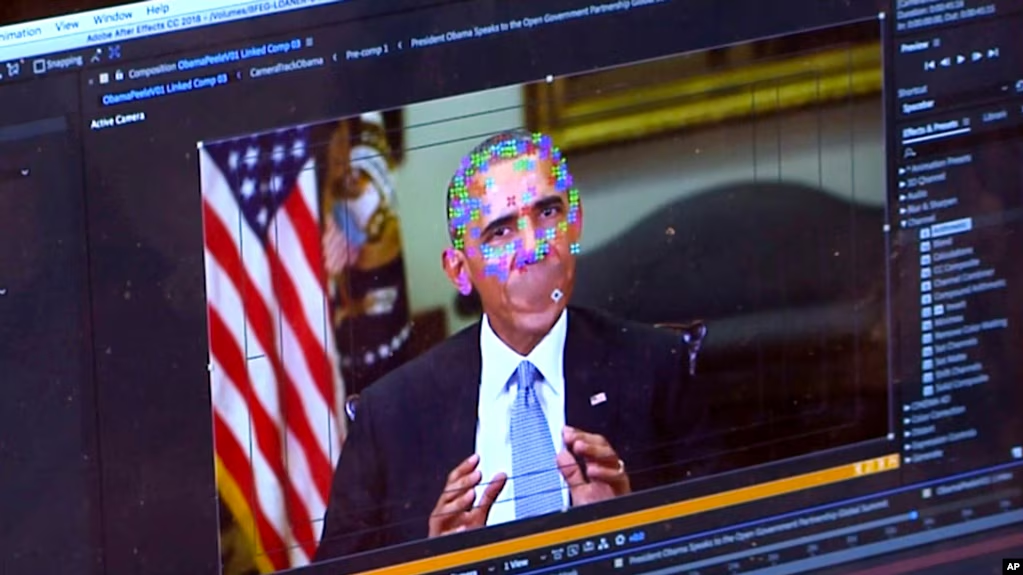

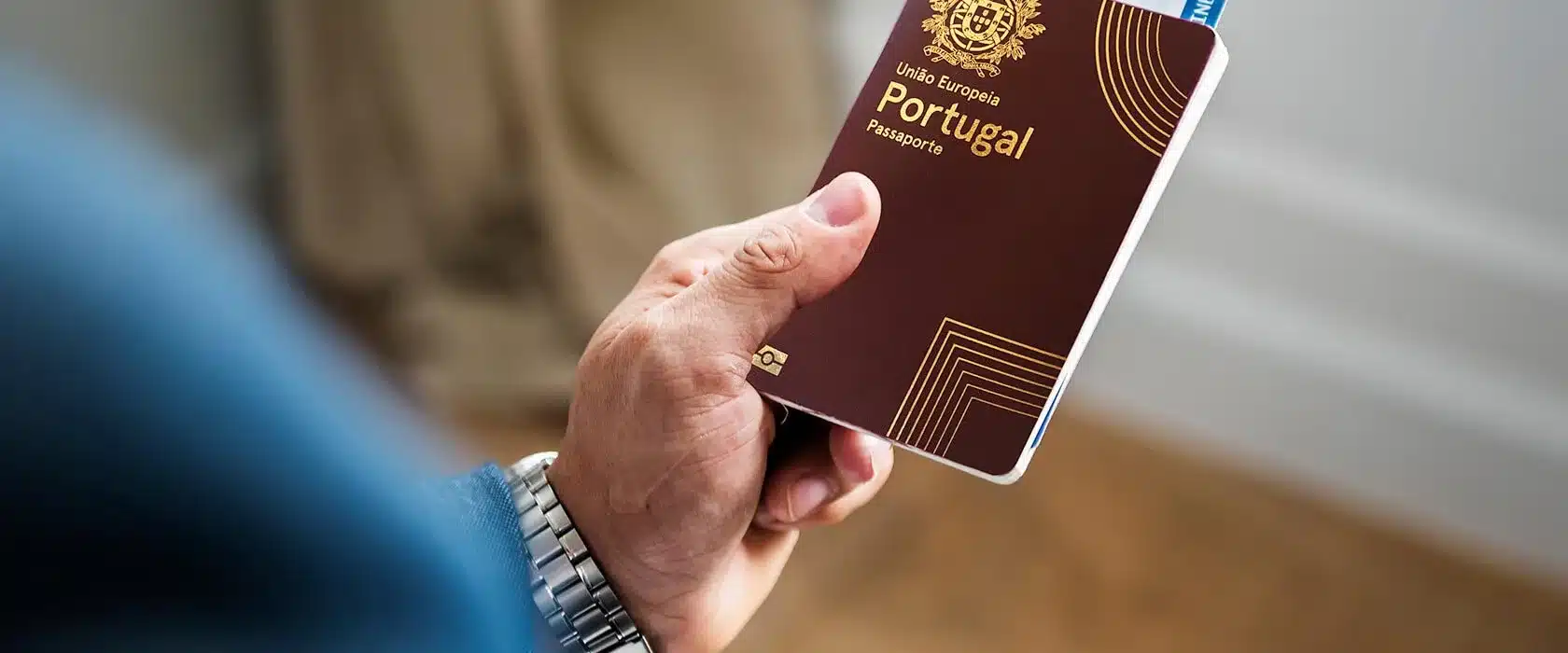











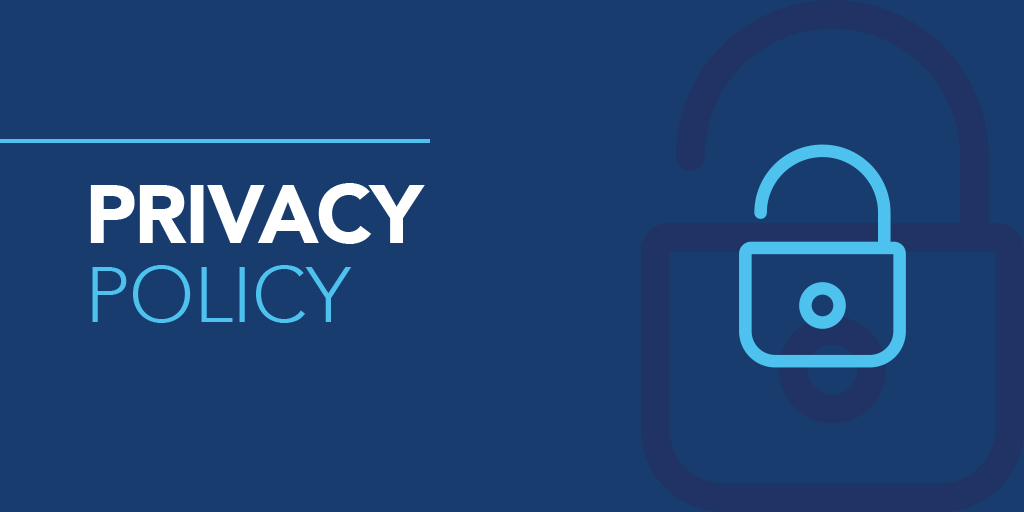

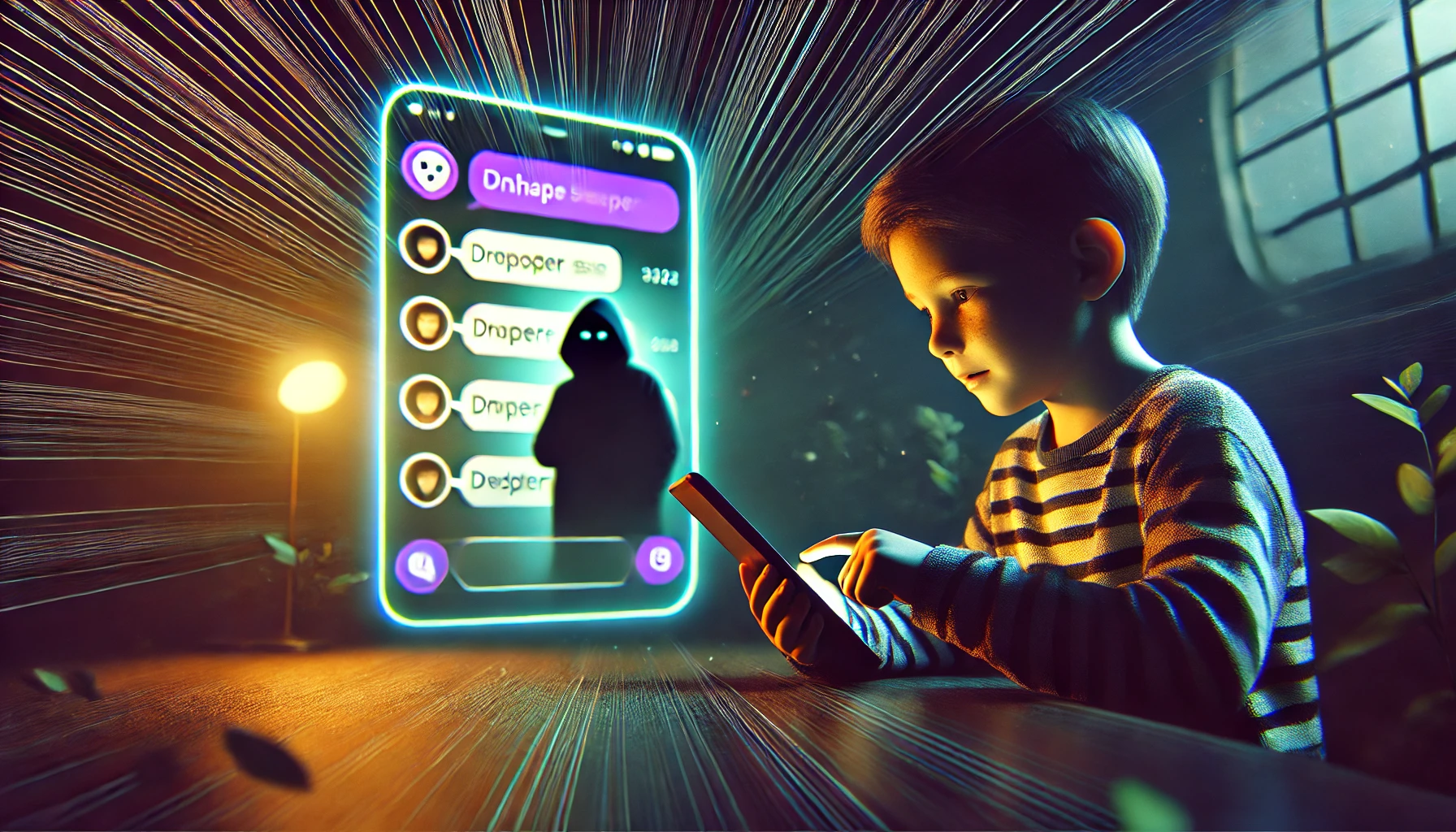
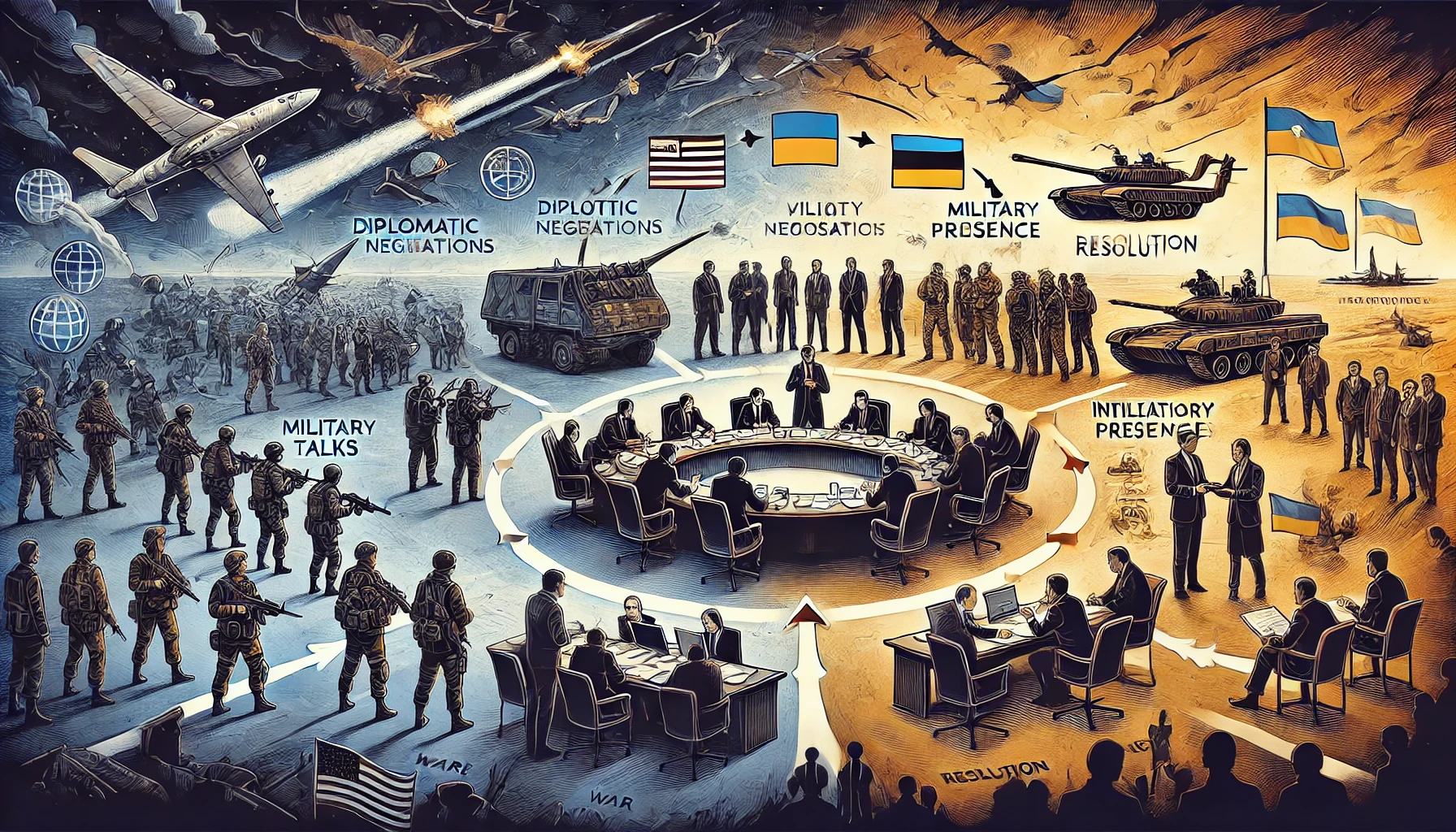


0 Comments